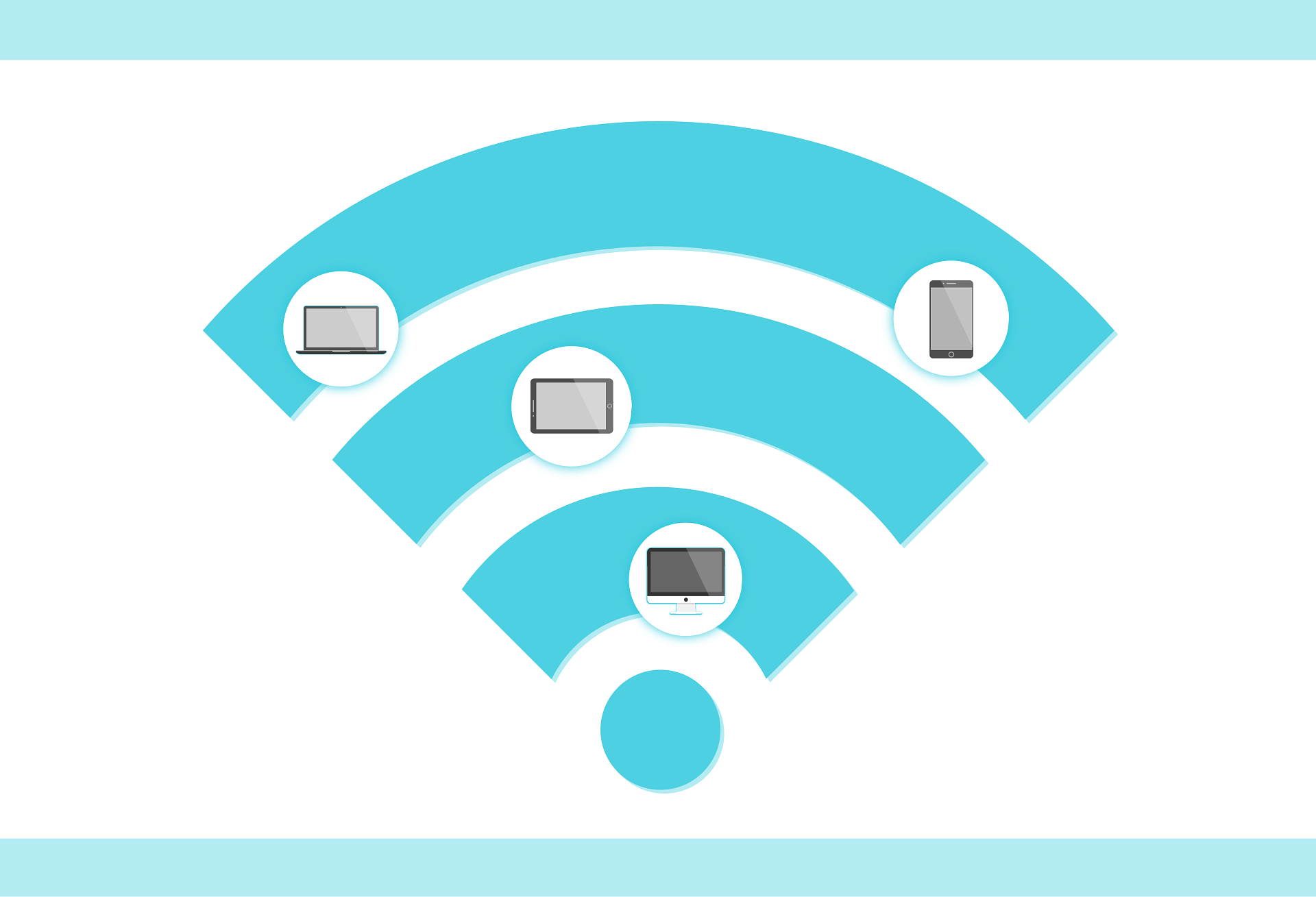If you live in a multi-storey home, chances are you’ve dealt with dead zones — those frustrating spots where your Wi-Fi just doesn’t seem to reach. Whether it’s your upstairs bedroom or the downstairs living area, weak signal strength can interrupt work, gaming, or streaming.
1. Understand What Affects Wi-Fi Range
Your router broadcasts Wi-Fi signals in all directions, but not all materials allow signals to pass through easily. Thick walls, floors, and even mirrors can block or weaken your connection.
Homes with concrete walls, metal framing, or multiple floors often experience uneven coverage. Before upgrading equipment, walk around your home and test where your Wi-Fi signal is strongest and weakest using free apps like Wi-Fi Analyzer.
2. Position Your Router Strategically
Router placement can make or break your connection. For multi-storey homes, the best spot is usually on the middle floor in an open, central location.
Avoid corners, closed cabinets, or placing it behind the TV. The higher you position the router, the better — signals spread more effectively downward than upward.
You can also check the NBN Co home network placement guide for best practices on router setup.
3. Upgrade to a Mesh Wi-Fi System
If you have a large or double-storey home, consider a mesh Wi-Fi system. Unlike a single router, mesh systems use multiple nodes placed around your home that work together to create a seamless network.
You can move freely between floors without losing connection, and the system automatically connects your devices to the nearest node with the strongest signal.
Mesh systems like Google Nest Wi-Fi or Eero are designed for reliability and easy setup, perfect for homes with thick walls or multiple levels.
4. Reduce Interference
Interference from electronics can cause sudden drops or inconsistent speeds. Devices like microwaves, cordless phones, or baby monitors use similar frequencies to your router.
Keep your router away from these appliances and avoid placing it near large metal objects or fish tanks, which can absorb radio signals.
5. Use Wired Connections for Stationary Devices
For devices that don’t move, such as desktop computers, gaming consoles, or smart TVs, use Ethernet cables. This reduces the strain on your wireless network and ensures a faster, more stable connection.
If running cables across floors isn’t practical, you can try powerline adapters, which use your home’s electrical wiring to extend your internet connection.
6. Update Firmware and Router Settings
Regular updates keep your router secure and performing at its best. Log into your router’s settings and check for firmware updates every few months.
Enable features like band steering or dual-band support (2.4GHz and 5GHz) to balance performance across devices.
The Australian Cyber Security Centre also provides helpful tips for maintaining a safe home network.
7. Consider a Professional Installation
If you’ve tried everything and still face issues, it may be time to call a professional. They can conduct a Wi-Fi heatmap test, identify interference sources, and install boosters or mesh nodes correctly.
At Brocky’s Internet, our technicians can help design and install customised Wi-Fi systems that deliver strong, reliable coverage across every floor of your home.
Conclusion
Improving Wi-Fi coverage in multi-storey homes often comes down to strategic placement, updated equipment, and reducing interference. With the right tools and setup, your home can have smooth, uninterrupted connectivity on every level. For expert help optimising your home network, contact Brocky’s Internet for a professional assessment and setup.

